May 22, 2025 | 17:55 GMT +7
May 22, 2025 | 17:55 GMT +7
Hotline: 0913.378.918
May 22, 2025 | 17:55 GMT +7
Hotline: 0913.378.918
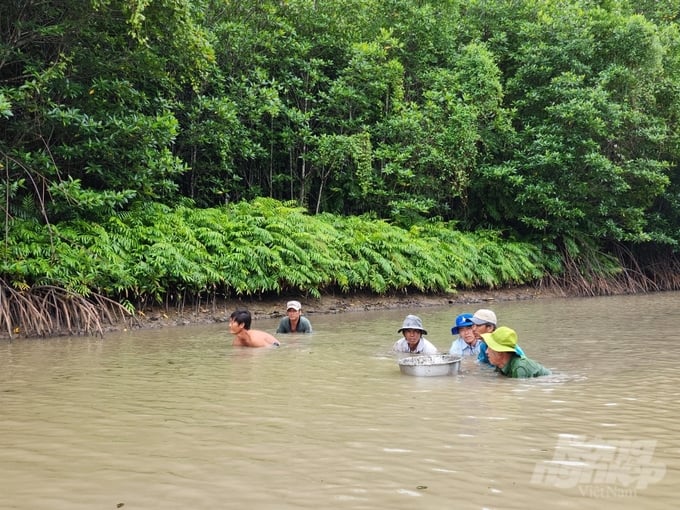
Residents of Ngoc Hien district make a living under the canopy of mangrove forests. Photo: Trong Linh.
Ca Mau province has a total of 35,000 ha of mangrove forests, primarily concentrated in Nam Can and Ngoc Hien districts. With a remarkably rich and diverse ecosystem under the mangrove canopy, the aquaculture sector in Ca Mau has seen significant growth in recent years, focusing on multi-layered, multi-value, and nature-friendly models.
Among these, economic models under the forest canopy, such as shrimp-forest and shrimp-forest combined with crab, blood cockle, and clam farming..., have been thriving. These models provide residents with stable incomes while allowing them to collaborate with local authorities in protecting forested areas.
Minh Phu Forest Shrimp Chain Social Joint Stock Company, part of Minh Phu Seafood Group, was the pioneer in establishing organic and ecological shrimp farming projects starting in 2013. By early 2017, Minh Phu Forest Shrimp Chain Social Joint Stock Company was officially founded with a mission to support society and the environment within the mangrove forests of Ngoc Hien district.
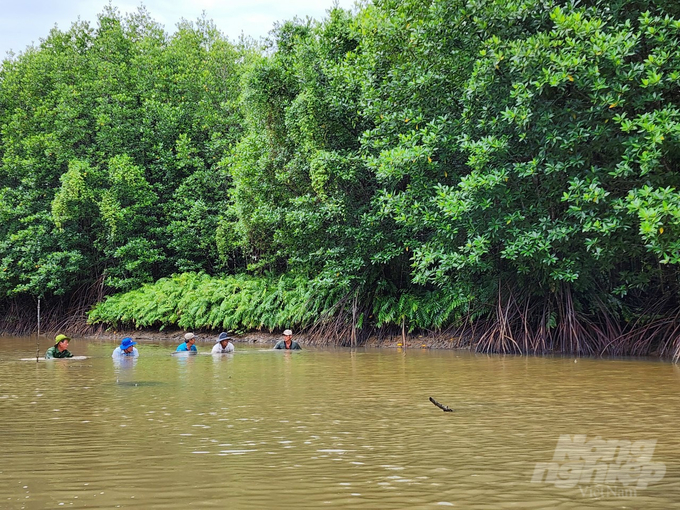
With the forest shrimp farming model, residents achieve sustainable economic development while effectively protecting forests. Photo: Trong Linh.
Mr Hua Van Thon, 54, residing in Vien An Dong commune, Ngoc Hien district, shared that with over 3 ha of ecological forest shrimp farming, he not only earns 10–20% higher profits compared to traditional farming methods but also ensures absolute safety. "This is the most leisurely job because it requires almost no machinery or heavy labour," he said, noting that his stable income from shrimp farming ranges from VND 150 - 200 million/year.
Mr. Duong Vu Phong, Project Manager of Minh Phu Forest Shrimp Chain Social Joint Stock Company, stated that the certified ecological forest shrimp farming area has expanded by 1,400 ha, with over 300 new households joining. This brings the total ecological forest shrimp farming area to nearly 11,400 ha, involving over 2,300 farming households. Key areas include the three focal communes of Vien An, Vien An Dong, and Dat Mui (under the Dat Mui Forest Management Board).
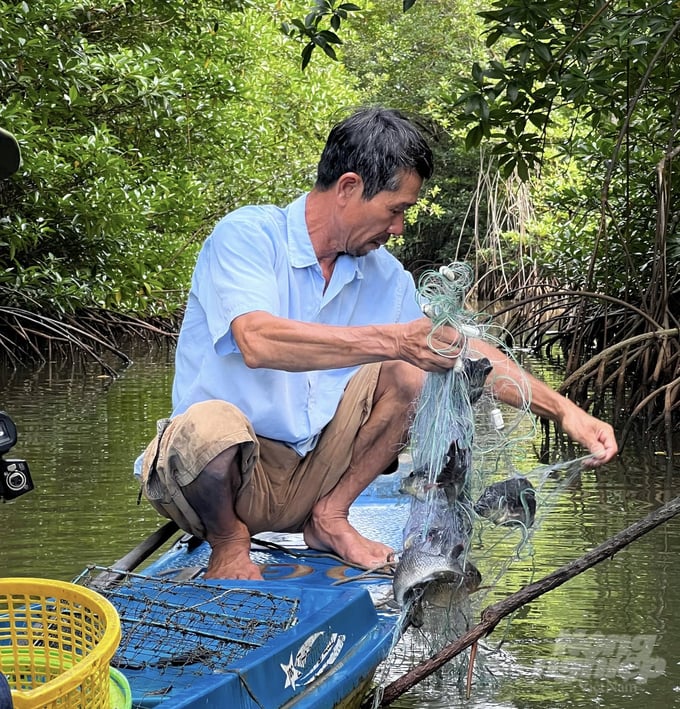
According to evaluations, the forest shrimp farming model yields an average profit of about VND 80 million/ha/year for farmers. Photo: Trong Linh.
Mr Phan Hoang Vu, Director of Ca Mau's Department of Agriculture and Rural Development (DARD), remarked, "Farmers raising shrimp under mangrove forests in districts such as Nam Can and Ngoc Hien have been very successful, with an average profit of around VND 80 million/ha annually".
The development of the ecological shrimp farming model demonstrates a harmonious approach to economic growth and environmental protection by maintaining the balance of aquatic ecosystems beneath the forest canopy. Participants in the model are required to plant and harvest forests while ensuring the regulated forest coverage ratio over their farming area.
Translated by Hoang Duy
![Reducing emissions from rice fields: [3] New values generated from carbon credit](https://t.ex-cdn.com/nongnghiepmoitruong.vn/608w/files/content/2025/05/19/dsc09613-144700_71-150957.jpg)
(VAN) In addition to helping safeguard the environment, the low-emission rice cultivation model also generates new opportunities for farmers by leveraging the carbon credit market.
![Ho Chi Minh city adapts to climate change: [1] Vulnerable in the whirlwind of development](https://t.ex-cdn.com/nongnghiepmoitruong.vn/608w/files/duyenht92/2025/05/19/3131-ngap-nongnghiep-163121.jpg)
(VAN) As the country's economic engine with a rapid urbanization rate, Ho Chi Minh city is facing increasingly serious consequences of climate change.

(VAN) On May 21, Minister of Agriculture and Environment Do Duc Duy worked with Mr. Olivier Brochet, Ambassador Extraordinary and Plenipotentiary of the French Republic to Vietnam.
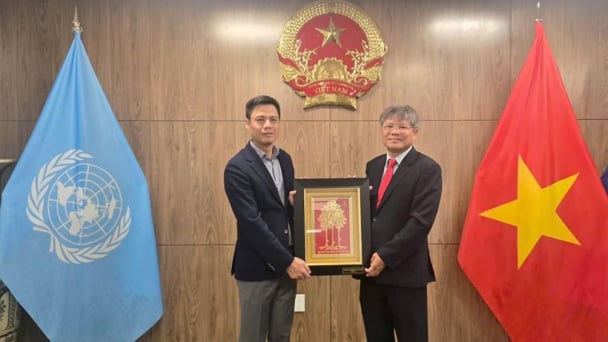
(VAN) VRG recently conducted a visit and working trip to the United States to demonstrate its efforts in redefining the role of rubber enterprises in the global value chain.
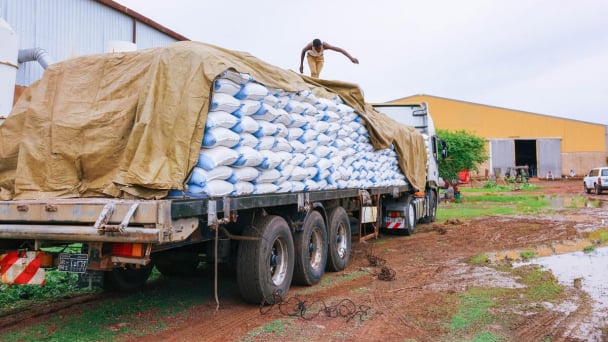
(VAN) In 2024, over 295 million people across 53 countries and territories faced acute hunger—an increase of almost 14 million people compared to 2023, while the number of people facing catastrophic levels of hunger reached a record high.
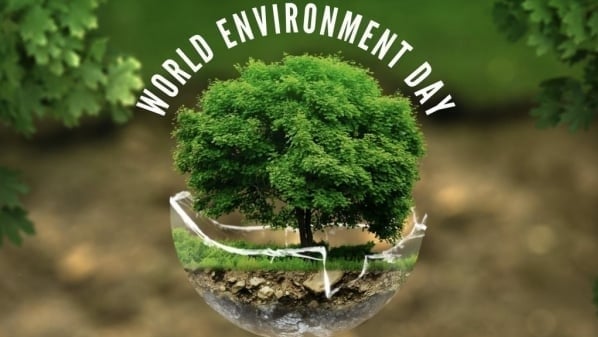
(VAN) World Environment Day 2025 (June 5) carries the theme 'Beat Plastic Pollution' continuing to emphasize the global urgency of addressing the plastic waste crisis.
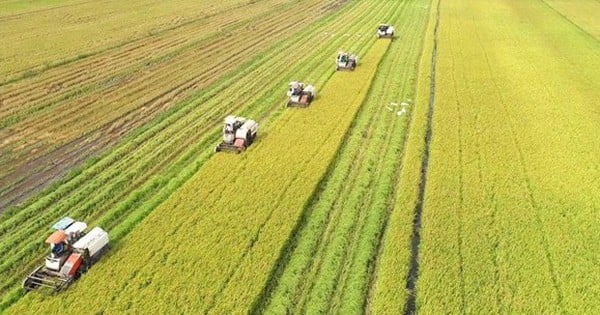
(VAN) This was the assessment shared by experts at the workshop titled 'Assessing the Role and Potential of Low-Emission Rice Production Systems in Vietnam,' held on the morning of May 19.